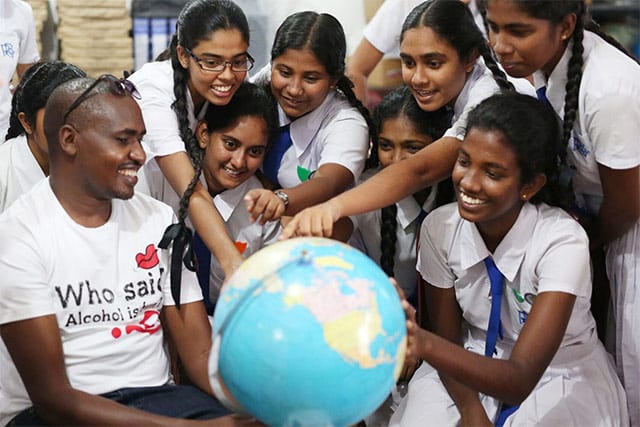I am in Geneva right in order to attend the 66th Session of the World Health Assembly (WHA66). One of the most important issues for us here will be the discussions – formal and informal – of the proposed
- “Draft action plan for the prevention and control of noncommunicable diseases 2013–2020“, and
- the proposed “Draft comprehensive global monitoring framework and targets for the prevention and control of noncommunicable diseases“.
As many of you who regularly follow the work of IOGT International know, we’ve been engaged in the process of drafting these documents from the beginning. A long and extensive consultation period lies behind us (you can find all our contributions, of course) and we’re – Sven-Olov and myself – here in Geneva now to be able to help bringing it home.
I wanted to use the moment and look back at the consultations to summarize and provide an overview of what we think is important with the documents that hopefully will be adopted, and what in fact should be and could be better.
Most importantly and fundamentally is that the WHO sets out to adopt a comprehensive Global Monitoring Framework including a set of 25 indicators, plus a set of global voluntary targets.
It all dates back to the Political Declaration of the High-level Meeting of the General Assembly on the Prevention and Control of Non-communicable Diseases, in particular paragraph 61, in which WHO is called upon to continue the development of a comprehensive global monitoring framework, including a set of indicators, to monitor trends and to assess progress made in the implementation of national strategies and plans on noncommunicable diseases, and paragraph 62, in which WHO is called upon to prepare recommendations for a set of voluntary global targets for the prevention and control of noncommunicable diseases.
In the Political Declaration of the High-level Meeting of the General Assembly on the Prevention and Control of Non-communicable Diseases, the United Nations Secretary-General was requested, in collaboration with Member States, WHO and relevant funds, programmes and specialized agencies of the United Nations system to present to the United Nations General Assembly at its sixty-eighth session a report on the progress achieved in realizing the commitments made in the Political Declaration, in preparation for a comprehensive review and assessment in 2014 of the progress achieved in the prevention and control of noncommunicable diseases.
Here we are now, with those documents before us and with alcohol in them.
But what does it mean?
The meeting of Member States of the WHO in November (5th to 7th) 2012 agreed to “strongly recommend” the WHA to adopt “without reopening discussion” the Global Action Plan with the Monitoring Framework, Indicators as well as the Voluntary Global Targets.
There are now several indicators: one umbrella indicator, as several indicators for each of the four major risk factors for NCDs. The so called behavioural risk factors.
And there are nine Global Targets, among them alcohol. When assessing them it’s especially important to read the footnotes. So, let’s take a look:


